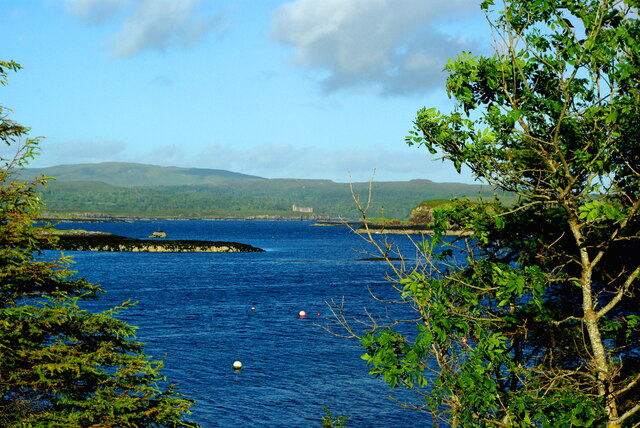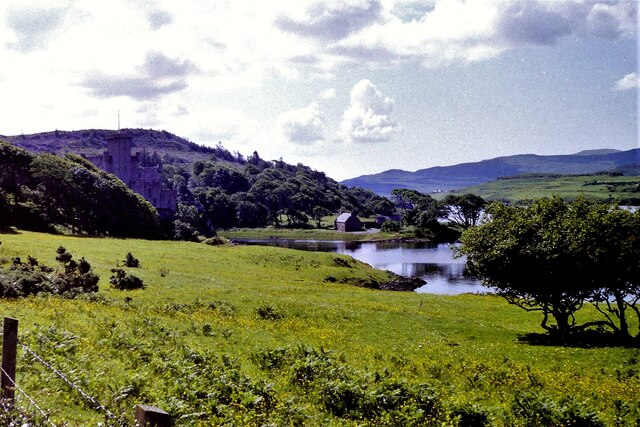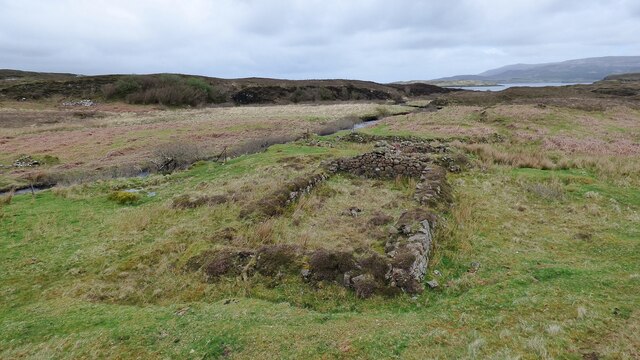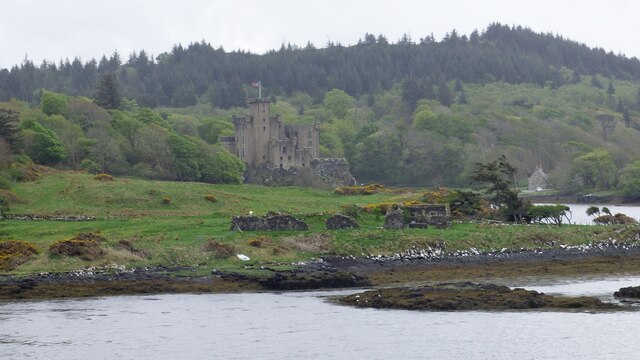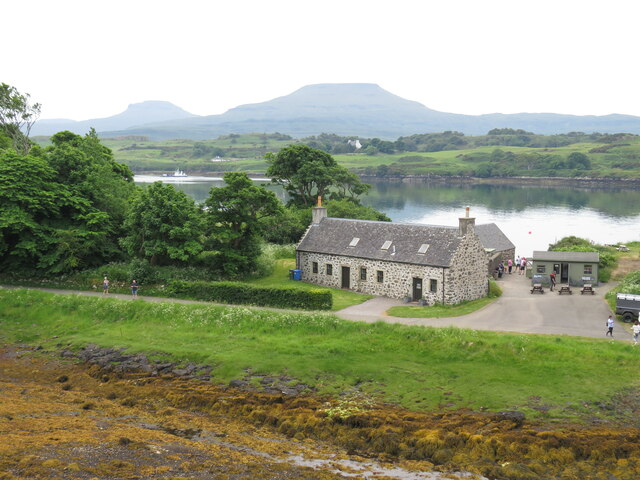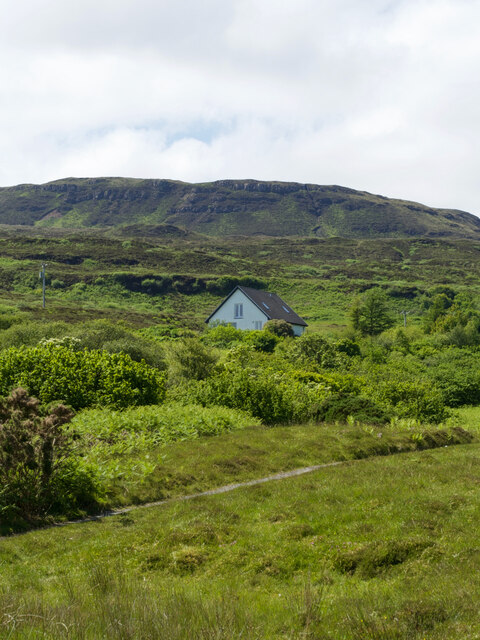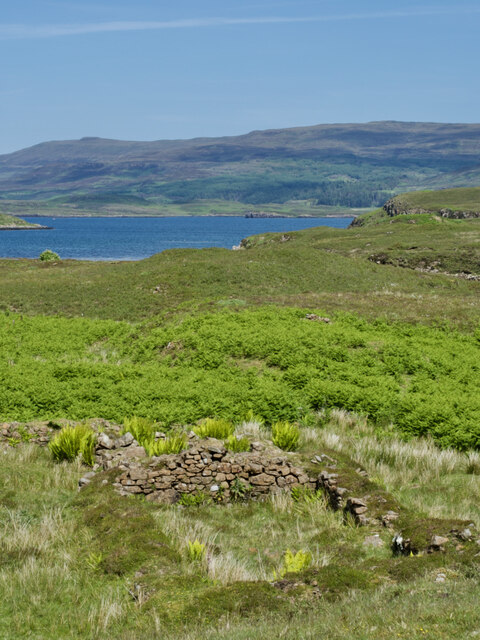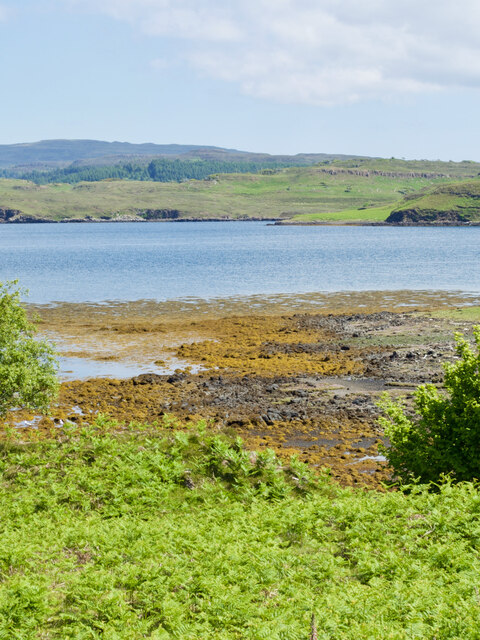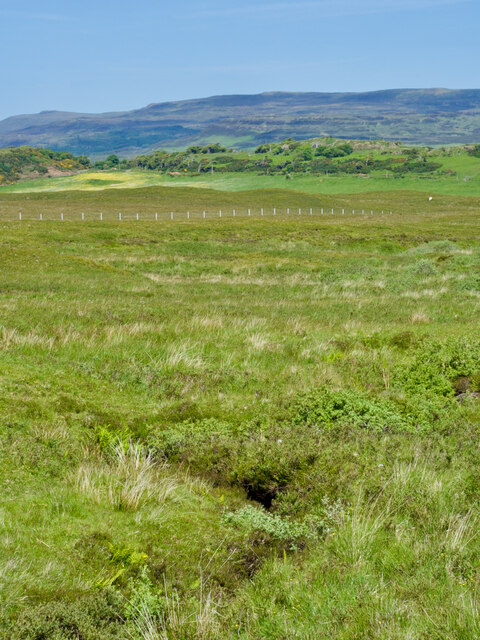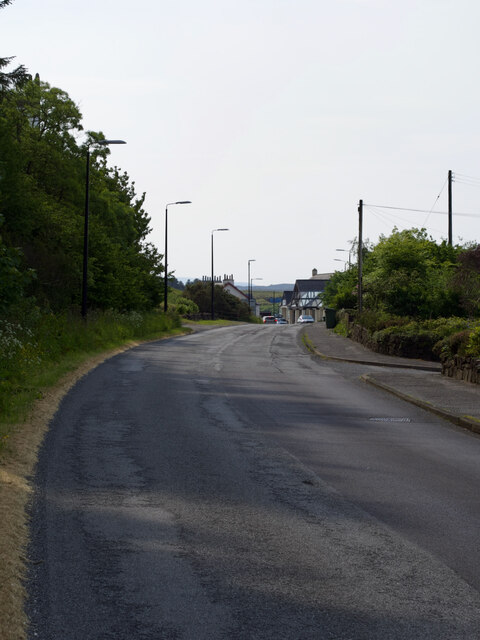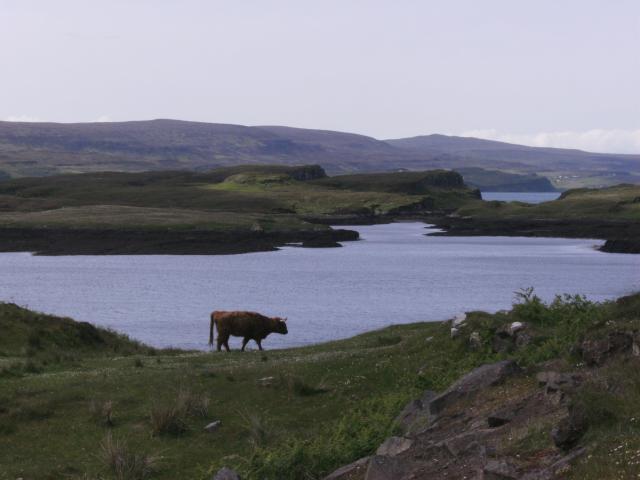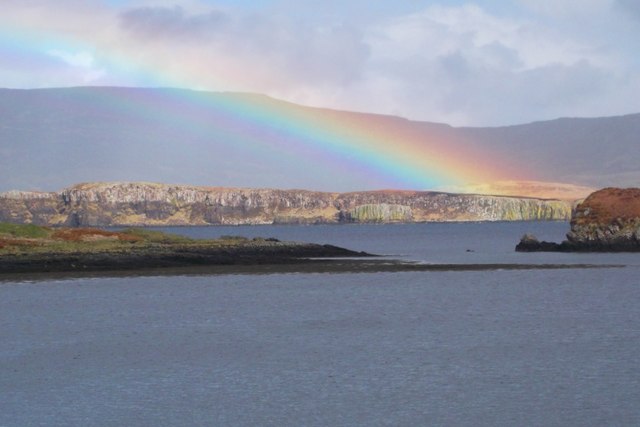Biod na Fhithich
Coastal Feature, Headland, Point in Inverness-shire
Scotland
Biod na Fhithich
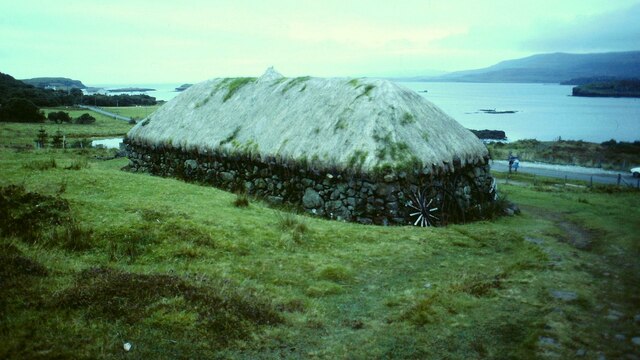
Biod na Fhithich is a stunning coastal feature located in Inverness-shire, Scotland. Situated on the northwestern coast of the country, it is a prominent headland that juts out into the North Atlantic Ocean, offering breathtaking views and a rugged, natural beauty.
This coastal point is known for its dramatic cliffs, which reach impressive heights and provide a nesting site for various seabirds. The area is particularly renowned for its large population of fulmars, a type of seabird that can be seen soaring above the cliffs and nesting in the crevices.
The rugged landscape of Biod na Fhithich is also home to a diverse range of flora and fauna. The headland is covered in heather and grasses, creating a picturesque and wild setting. Visitors may also spot other wildlife, such as seals, dolphins, and even whales, which can occasionally be seen swimming offshore.
In addition to its natural beauty, Biod na Fhithich has a rich history dating back centuries. The headland was once a strategic lookout point, with ancient ruins still visible, serving as a reminder of its past significance. Exploring the area, visitors can discover remnants of old structures and imagine what life was like in this remote coastal location.
Overall, Biod na Fhithich is a captivating coastal feature that offers a combination of stunning natural scenery, abundant wildlife, and a glimpse into the region's history. Whether enjoying the breathtaking views, observing the diverse array of seabirds, or exploring the ancient ruins, this headland is a must-visit destination for nature lovers and history enthusiasts alike.
If you have any feedback on the listing, please let us know in the comments section below.
Biod na Fhithich Images
Images are sourced within 2km of 57.443925/-6.6128848 or Grid Reference NG2348. Thanks to Geograph Open Source API. All images are credited.

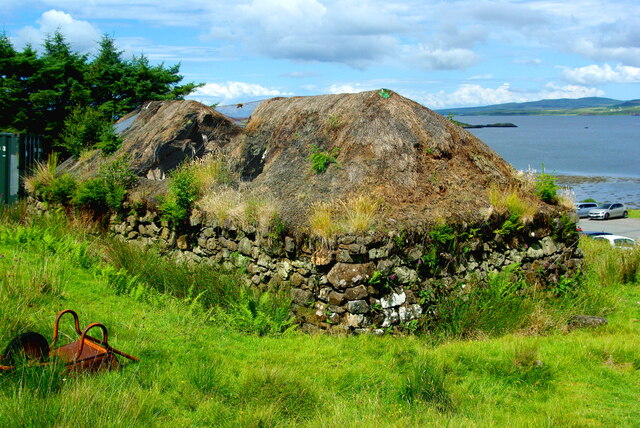
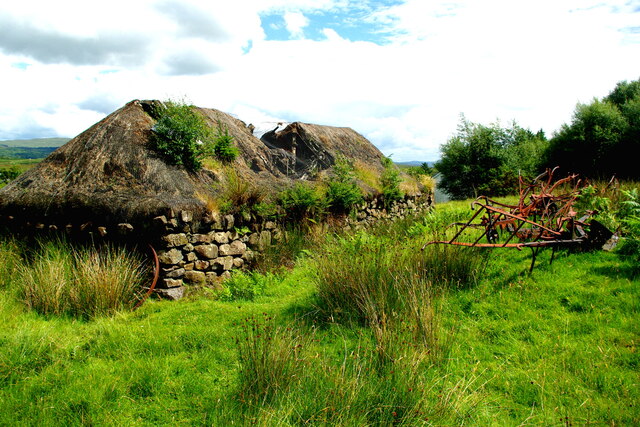
![Dun Totaig â a mass of tumbled stone and an invasion of bracken For historical information, see ‘Skye, Dun Totaig | Canmore’. 2023. Canmore.org.uk &lt;<span class="nowrap"><a title="https://canmore.org.uk/site/10834/skye-dun-totaig" rel="nofollow ugc noopener" href="https://canmore.org.uk/site/10834/skye-dun-totaig">Link</a><img style="margin-left:2px;" alt="External link" title="External link - shift click to open in new window" src="https://s1.geograph.org.uk/img/external.png" width="10" height="10"/></span> &gt; [accessed 14 July 2023]
](https://s3.geograph.org.uk/geophotos/07/54/17/7541799_32490dee.jpg)
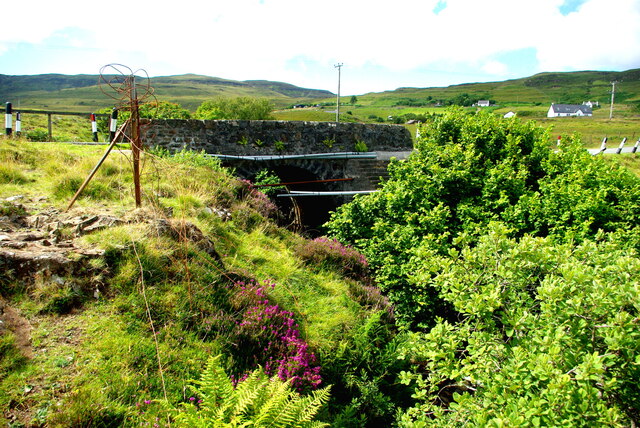
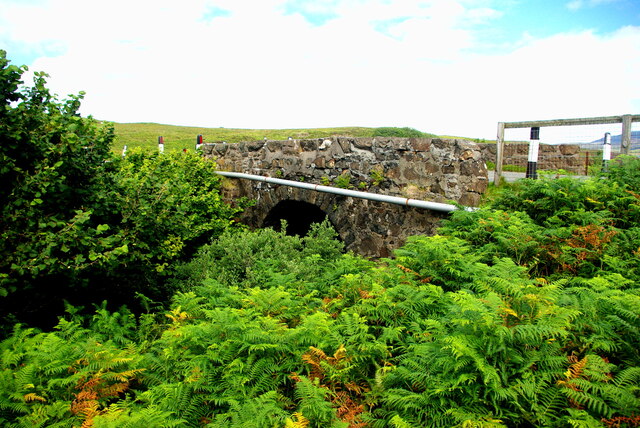
Biod na Fhithich is located at Grid Ref: NG2348 (Lat: 57.443925, Lng: -6.6128848)
Unitary Authority: Highland
Police Authority: Highlands and Islands
What 3 Words
///capacity.slipped.shrubbery. Near Dunvegan, Highland
Nearby Locations
Related Wikis
Eilean Mòr, Loch Dunvegan
Eilean Mòr is an uninhabited island in Loch Dunvegan in north west Skye, Scotland. At low water the island is connected to Eilean Dubh. == Footnotes ==
Dunvegan Castle
Dunvegan Castle (Caisteal Dhùn Bheagain) is located 1 mile (1.6 km) to the north of Dunvegan on the Isle of Skye, off the west coast of Scotland. It is...
The Three Chimneys
The Three Chimneys is a restaurant in Colbost, Isle of Skye, Scotland. While in operation beforehand, the restaurant came to prominence after being taken...
Dun Fiadhairt
Dun Fiadhairt is an Iron Age broch located on the north coast of the island of Skye, in Scotland (grid reference NG23115042). == Location == Dun Fiadhairt...
Nearby Amenities
Located within 500m of 57.443925,-6.6128848Have you been to Biod na Fhithich?
Leave your review of Biod na Fhithich below (or comments, questions and feedback).
